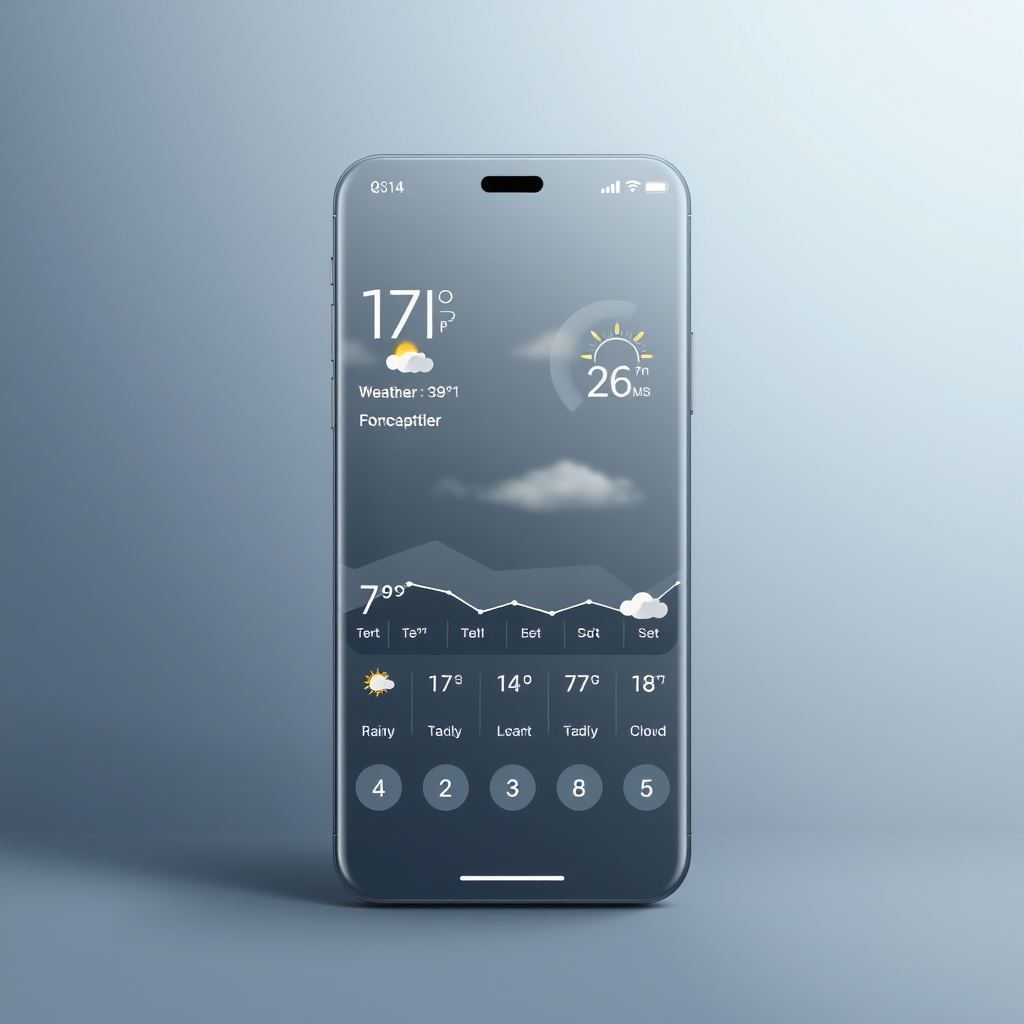Weather API or Accurate Weather Forecasts by ZIP Code API: Analyzing Advantages, Disadvantages, and Best Use Cases

In today's digital landscape, accurate weather forecasting is crucial for various applications, from agriculture to logistics. Developers often seek reliable APIs to integrate weather data into their applications. This blog post will compare two prominent APIs: the Current Weather and Forecasted Weather API and the Accurate Weather Forecasts by ZIP Code API. We will analyze their advantages, disadvantages, and best use cases, providing developers with the insights needed to choose the right API for their needs.
Overview of Both APIs
The Current Weather and Forecasted Weather API offers real-time weather data and forecasts for various locations worldwide. It allows users to retrieve current weather conditions and forecast data for up to 16 days, making it suitable for applications that require both immediate and long-term weather insights.
On the other hand, the Accurate Weather Forecasts by ZIP Code API focuses on providing detailed weather information based on U.S. ZIP codes. This API is particularly useful for applications that need localized weather data, such as e-commerce platforms that want to offer weather-based recommendations or alerts.
Side-by-Side Feature Comparison
| Feature | Current Weather and Forecasted Weather API | Accurate Weather Forecasts by ZIP Code API |
|---|---|---|
| Current Weather | Yes | Yes |
| Forecasted Data | 5 and 16 days | Not specified |
| Location Input | City name, ZIP code, latitude/longitude | ZIP code only |
| Data Format | JSON, XML | JSON |
| Use Cases | General weather applications, travel, logistics | Localized weather alerts, e-commerce |
Example Use Cases for Each API
Current Weather and Forecasted Weather API
This API is ideal for applications that require both current and forecasted weather data. For instance, a travel application can use this API to provide users with real-time weather updates for their destinations, helping them plan their trips effectively. Additionally, logistics companies can utilize the forecast data to optimize delivery routes based on expected weather conditions.
Accurate Weather Forecasts by ZIP Code API
This API is particularly beneficial for businesses that need to provide localized weather information. For example, an e-commerce platform can use this API to send notifications to users about weather conditions that may affect their shopping experience, such as alerts for extreme temperatures or rain. Similarly, agricultural applications can leverage this API to provide farmers with localized forecasts that inform their planting and harvesting decisions.
Performance and Scalability Analysis
Both APIs are designed to handle a significant number of requests, making them suitable for applications with varying traffic levels. The Current Weather and Forecasted Weather API offers multiple plans that cater to different usage needs, allowing developers to scale their applications as required. The Accurate Weather Forecasts by ZIP Code API also provides reliable performance, ensuring that users receive timely weather updates based on their ZIP code queries.
Pros and Cons of Each API
Current Weather and Forecasted Weather API
Pros:
- Comprehensive weather data, including current conditions and long-term forecasts.
- Flexible location input options (city name, ZIP code, latitude/longitude).
- Supports multiple data formats (JSON, XML).
Cons:
- May require more complex integration for applications focused solely on ZIP code data.
- Forecast data may not be as localized as ZIP code-specific APIs.
Accurate Weather Forecasts by ZIP Code API
Pros:
- Highly localized weather data based on ZIP codes.
- Simple integration for applications focused on U.S. weather data.
- Ideal for businesses that require weather-based recommendations.
Cons:
- Limited to U.S. ZIP codes, which may not be suitable for global applications.
- Less comprehensive in terms of long-term forecasting compared to other APIs.
Final Recommendation
Choosing the right API depends on the specific needs of your application. If you require comprehensive weather data that includes both current conditions and long-term forecasts, the Current Weather and Forecasted Weather API is the better choice. This API is versatile and can cater to a wide range of applications, from travel to logistics.
However, if your application is focused on providing localized weather information based on U.S. ZIP codes, the Accurate Weather Forecasts by ZIP Code API is the ideal solution. This API allows for easy integration and is particularly useful for businesses that want to enhance their services with weather-based alerts and recommendations.
Conclusion
In conclusion, both the Current Weather and Forecasted Weather API and the Accurate Weather Forecasts by ZIP Code API offer valuable features for developers looking to integrate weather data into their applications. By understanding the strengths and weaknesses of each API, developers can make informed decisions that align with their project requirements. Whether you need comprehensive weather data or localized forecasts, these APIs provide the tools necessary to enhance user experiences and improve decision-making processes.





